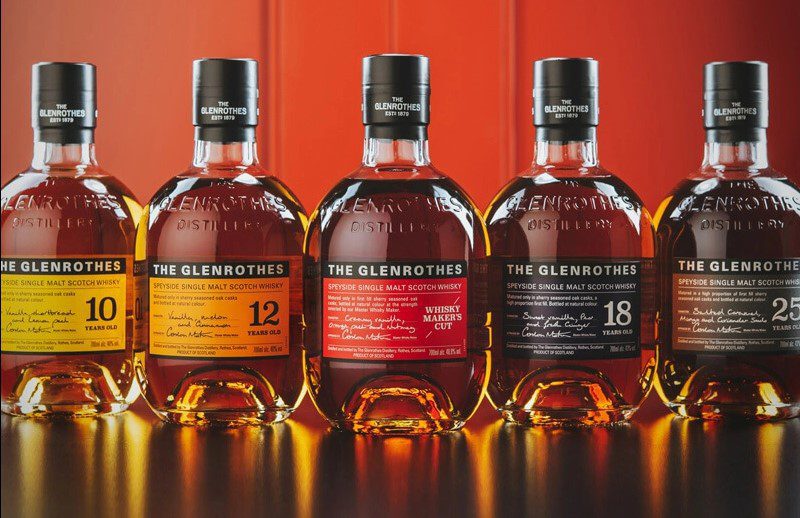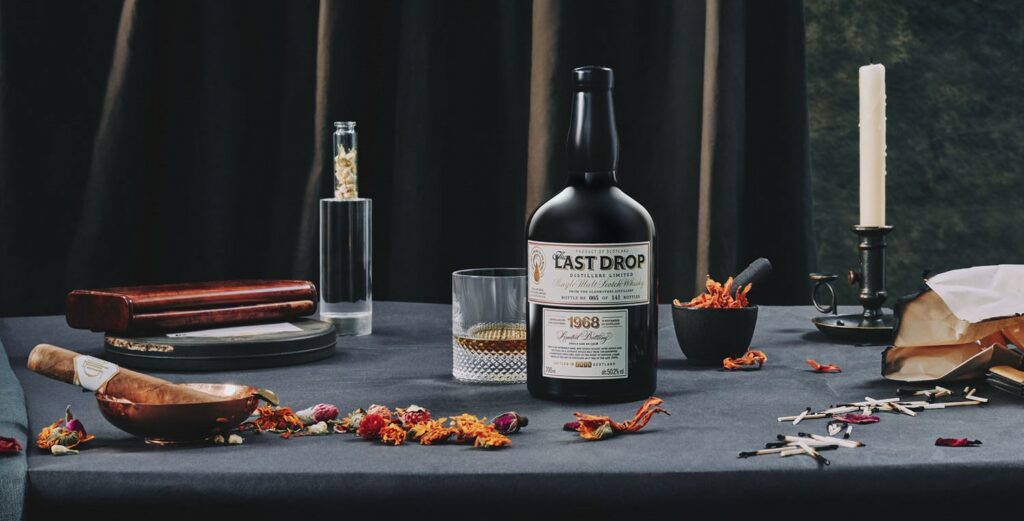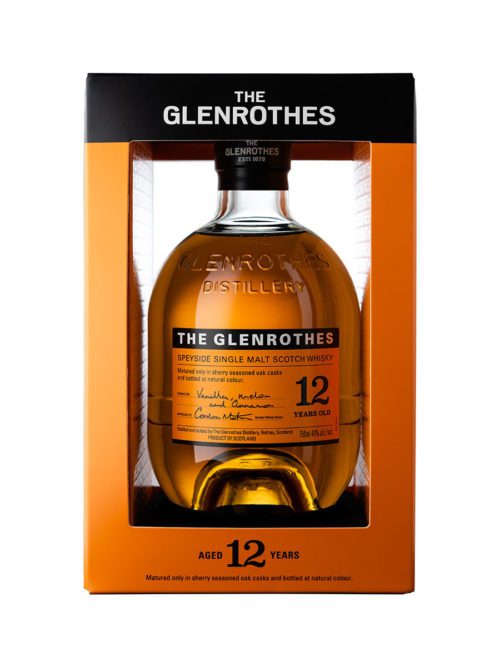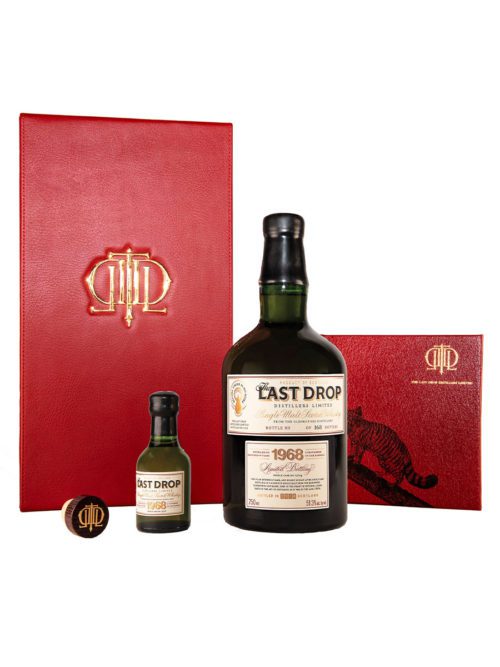
The past and future of Glenrothes combine in these two distinct series from the 150-year-old distillery
Glenrothes is one of those quietly confident whisky brands that doesn’t feel the need to shout too loudly about itself. It’s been at the heart of Speyside for around 150 years and, in that time, has turned some sharp corners in its evolution. It tends to move from one direction to another quite dramatically and without apology.
For decades Glenrothes relied on vintage labelling to identify its releases to the consumer. With year of distillation labelling heralding its provenance rather than age, the consumer was left to work out how old it was. This worked well for the brand as it matured but, in recent years, they have reversed this approach with the Soleo series, which takes its name from the practice of sun-drying the grapes used in sherry production in Jerez in Spain. Each bottle in the five-bottle Soleo series comes with a clear age statement, although its Master Whisky Maker, Gordon Motion, points out that just like with humans, you can get a very mature 18-year-old or a very immature one. Age doesn’t necessarily determine the quality. For this, they rely on reputation.

Glenrothes ownership is interesting also. The Edrington Group bought Glenrothes in 2010 but then sold the brand to Berry Bros & Rudd. However, the distillery itself remains in the ownership of Edrington who also owns Macallan and Highland Park. Berry Bros simply own the Glenrothes brand rather than the Glenrothes production house in Speyside.
THE SOLEO SERIES
There are five bottles in the Soleo series: a 10-, 12-, 18- and 25-year-old, as well as a bottle called the Whisky Makers Cut. They got a great new bottle shape and label design and each has been created to celebrate sherry maturation.
The 10-year-old is the entry-level bottle and comes at a great price point for this superior single malt. Alongside the 12-year-old, these bottles both celebrate natural colour and pay homage to the grapes used in sherry casks they mature in, specifically Pedro Ximenez.
Both are released at 40%. The producers tasting notes herald their fruit flavours and aromas, such as banana, lemon and vanilla with layers of cinnamon and spice. It’s the beginning of a wonderful series for Glenrothes that has been very warmly received with some commenting that they are comfortable alternatives for anyone who can’t get their hands on their favourite Glendronach.

THE LAST DROP VINTAGE RELEASES
The Last Drop is an independent bottler founded in 2008. They have released some incredible bottles and these two releases, part of a trio of Glenrothes vintages, are a case in point. The 1968 bottle was released in 2018 and comes with a 51.3% and a 50.2% release. They are each from two different casks, both distilled in 1968. The bottle on the Single Malt Shop’s shelves is the 51.3% release and is one of only 309 bottles in existence. It comes with a 50ml sample bottling allowing its next owner to sample this great single malt without opening the bottle. Matured in sherry-seasoned European and US oak, it captures the Glenrothes house style perfectly: it’s rich, fully rounded and elegant.
The 1969 edition does a similarly admirable job of maintaining Glenrothes signature with a rich bouquet of fruits and creamy vanilla with layers of spice and a floral backdrop. There were only 271 bottles of the 1969 release and it has an ABV of 46.3%. Again packaged with a 50ml sample this is an incredible bottle that was released in 2019. A third and final Glenrothes release came in 2020 with the 1970 vintage.
Each vintage was incredibly well received and celebrated by fans of this Speyside producer and of The Last Drop. Each stands testament to the future of this great Speyside distillery.

About the Author
Recent Posts
Recent Posts
Have a content request? Ask us in the comments below!







